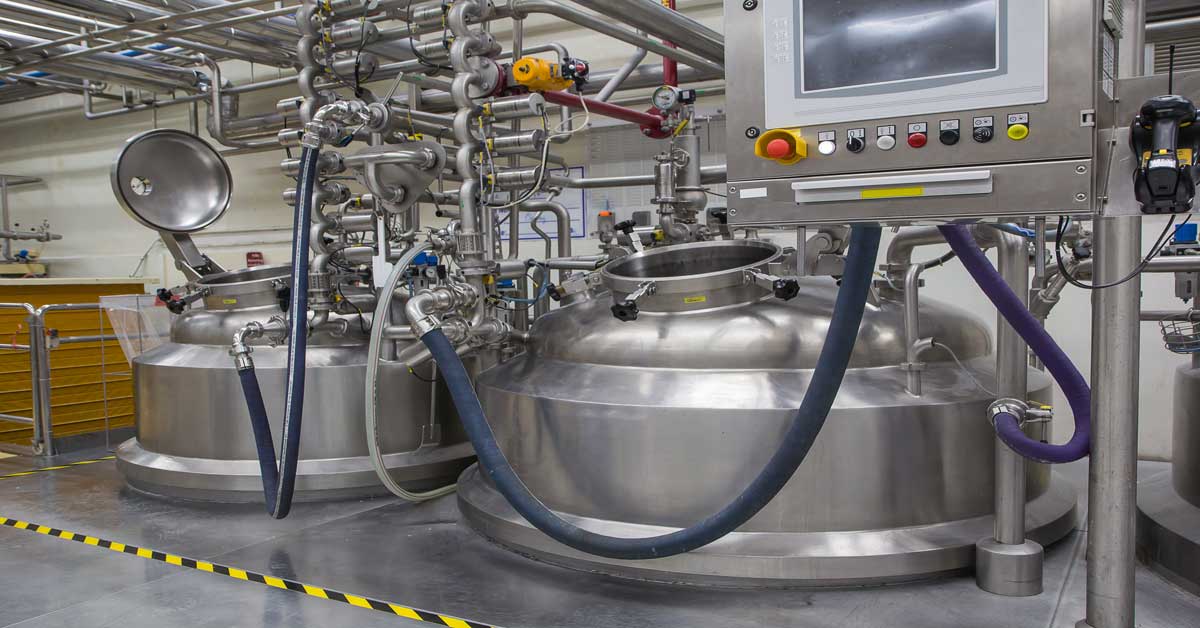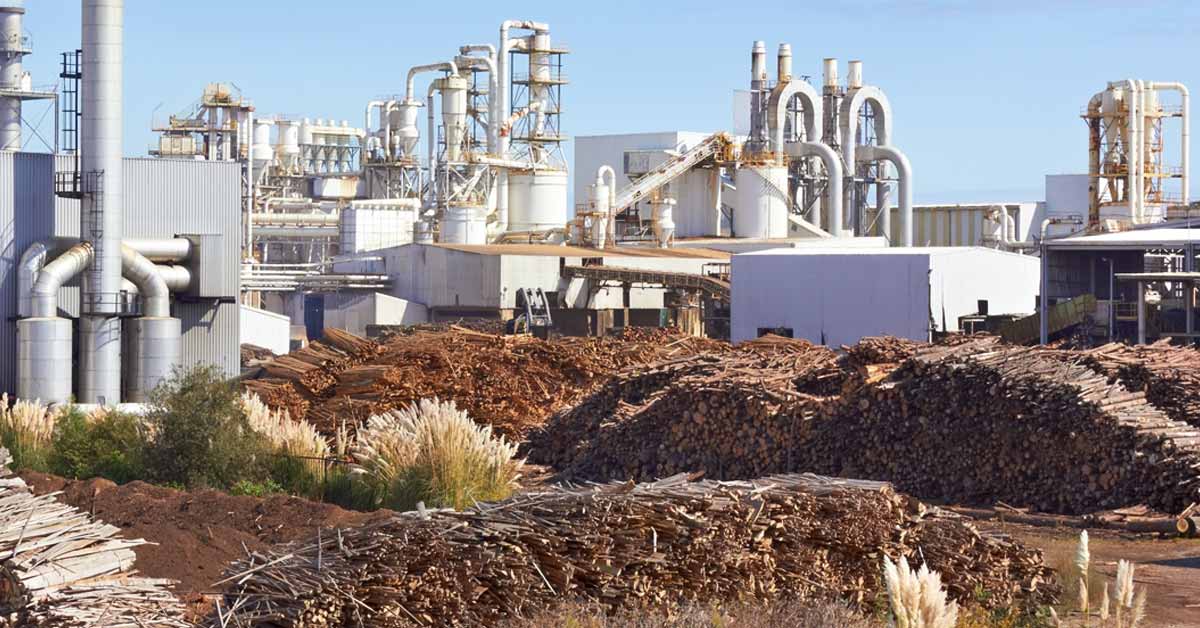In recent weeks, tall oil prices have experienced a serious surge – leaving many to wonder what factors are behind this. One major factor is the increasing interest in crude tall oil (CTO) as a raw material to produce biofuels such as hydrotreated vegetable oil (HVO)/renewable diesel and sustainable aviation fuels (SAF). CTO is one of the very few readily available feedstocks that qualify under the Annex IX A of the European RED II mandate and the Carbon Offsetting and Reduction Scheme for International Aviation (CORSIA), implemented to increase the use of sustainable aviation fuel in both the US and Europe.
The expansion and diversification of waste-based or circular economy feedstocks, such as tall oil, is essential to achieve the ambitious decarbonization goals of the aviation industry. As of today, technologies for HVO production using liquid feedstocks are more advanced when compared to the technologies using solid feedstocks. Tall oil is already used to produce HVO, though there is room for growth. Back in 2016, 22% of the HVO sold in the Swedish market used crude tall oil as feedstock. Other liquid feedstock sources used for HVO production are animal fat, vegetable and animal waste oils, and the controversial palm oil –usually associated with unsustainable practices.
In addition to that, there is continuous growth in demand for biofuels. The International Energy Agency (IEA) estimates that liquid biofuels production will increase by approximately four times in 2030 compared to 2021 levels in the Net Zero Scenario. The use of biofuels can also reduce the dependence on imported fuels, foster the development of local and rural economies, and provide economic and environmental benefits. Government support has also contributed to the continuous growth, and notable legislation includes the Inflation Reduction Act in the US and the Fit for 55 agenda for carbon reduction in Europe.
An Overview of Crude Tall Oil – Are You Capturing This Value?
Crude tall oil (CTO) is a by-product of the pulp and paper industry. It is a brownish-yellow, oily liquid obtained from the black liquor/tall oil soap generated during kraft pulp production. Crude tall oil typically contains a mixture of fatty acids, rosins, and other neutral materials. Typically, 30-50 kg of CTO/t of pulp may be recovered from highly resinous species (such as southern pines), representing about 30-70% recovery.
Refiners purchase CTO and further refine it into different fractions, such as:
- Tall oil fatty acid (TOFA)
- Tall oil rosin (TOR)
- Distilled tall oil (DTO)
- Pitch.
These various fractions are then used for multiple applications and end-uses, such as adhesives, inks, detergents, and emulsifiers.
According to FisherSolve, there are currently 187 mills extracting tall oil. Because prices have been historically lower, and due to the differences in yield and quality by wood species, not all pulp mills produce crude tall oil. However, as mentioned earlier, increased interest in using CTO to produce biofuels has heated up the tall oil market. As there are only a limited number of pulp mills in operation, in the short-run, the CTO supply will be mostly price-inelastic.
How Can ResourceWise Help?
ResourceWise offers unique data sets and expertise to help your company navigate this current situation and any other future scenarios. We can provide you with:
- Detailed data and market reports on renewable fuels and feedstocks through PRIMA, ResourceWise’s global research and data provider for low-carbon fuels and energy value chain.
- Detailed data sets describing every pulp mill in the world, including those producing CTO and those that could potentially produce it.
- Cash flow models that help you understand the benefits of producing CTO.
- FisherSolve benchmarking that can help you model crude tall oil yields and availability, as well as potential financial benefits.
For more information, contact us today.
About the Author:

Camilla Abbati has more than 15 years of experience in process and engineering design. At Fisher International, Dr. Abbati is part of the Benchmark Team and is responsible for developing, improving, and running the Benchmark Modules in FisherSolve.
Her areas of expertise include process simulation, equipment design, capital cost estimation, and investment risk analysis. Camilla holds a bachelor's and master’s degree in chemical engineering from University of São Carlos and University of Campinas. She also has a Ph.D. in Forest Biomaterials from North Carolina State University, with a minor in business. Her research interests are related to approaches and methodologies to aid investment decisions in biorefineries.









